The timeless emoji hits boomers keep in heavy rotation.
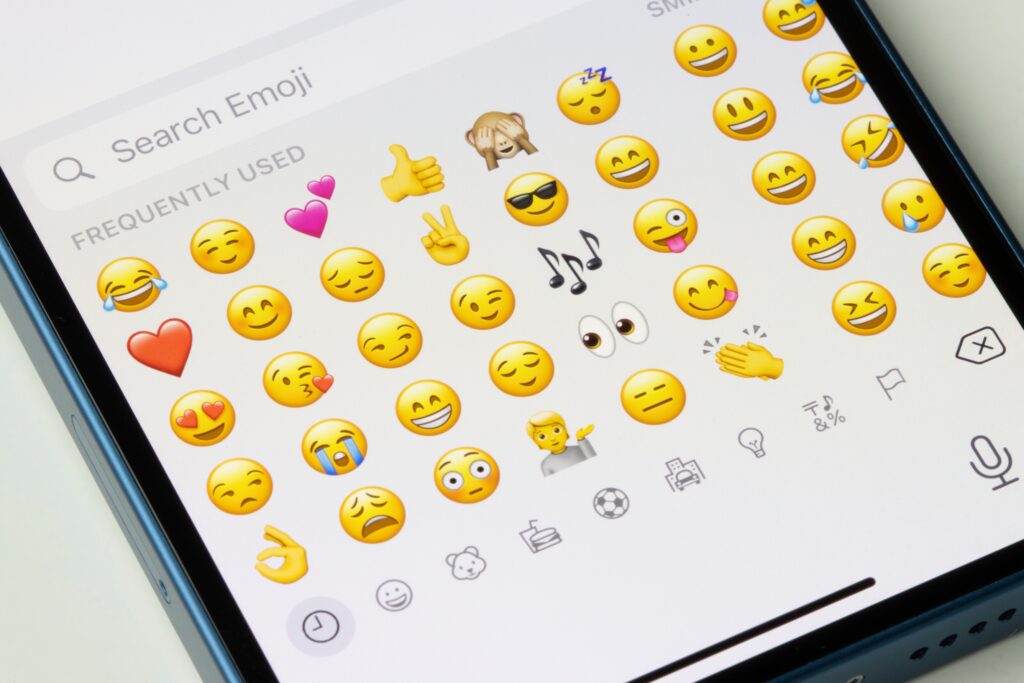
A familiar set of icons does a lot of heavy lifting, even when a text thread gets noisy. The choices are simple, clear, and impossible to misread, which is exactly the point. If tone gets tricky, these old standbys smooth it out without turning the conversation into a guessing game.
Call it efficiency or just good manners. The same seven show up in family chats, church groups, and neighborhood threads because they work every single time. No drama, no confusion.
1. The thumbs-up says “message received” without overthinking it.

Anyone who grew up making quick phone calls appreciates a clean acknowledgement. The thumbs-up is the handshake of texting, a neat little seal that says you saw the message and agree. It trims the back-and-forth when schedules already feel crowded. No need to craft a sentence when a single tap plays the role of “sounds good.”
Tone matters, so context earns a second glance. In a casual thread, the thumbs-up lands as friendly and efficient. In a sensitive chat, it can appear a touch abrupt. Pair it with a short word when stakes are high—“got it,” “on it,” “thanks.” That keeps it warm, not wooden. It also avoids ping-ponging the conversation into unnecessary loops that waste everybody’s time.
2. The red heart covers gratitude, pride, and quiet support.
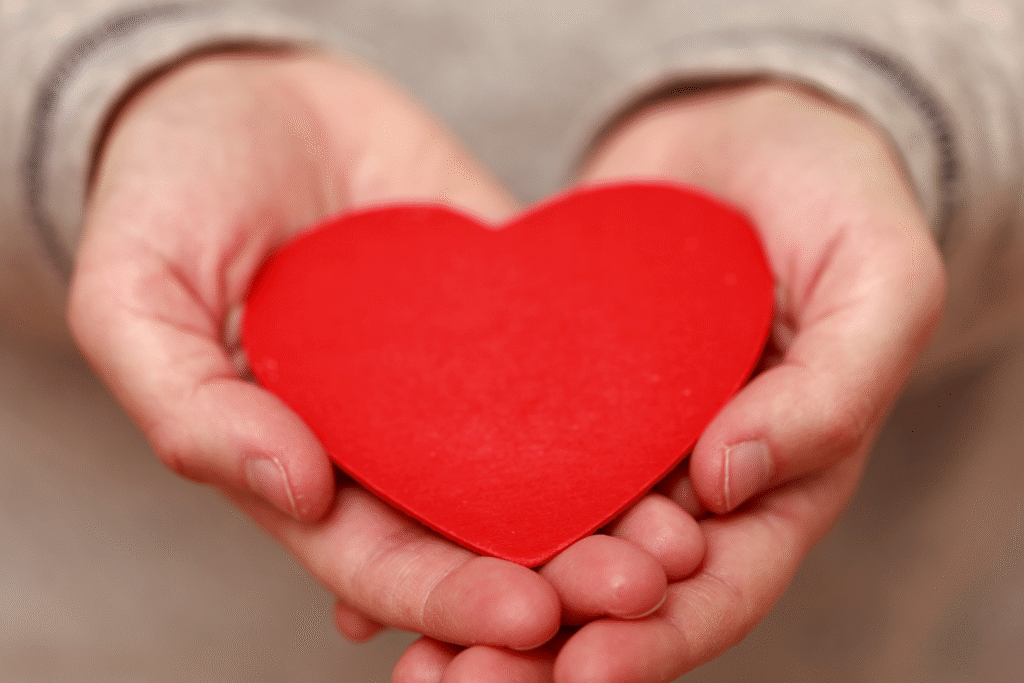
Family updates move fast: a grandkid’s photo, a surgery update, a new garden bloom. The red heart slips easily into all of it. It isn’t performative; it’s steady. You don’t need a paragraph to say you care or that you’re proud. One heart carries the weight of “I’m here” without demanding a reply.
It also softens potentially dry messages. Share an address, add a heart, and the note instantly feels human. A quick caution helps it land better: avoid stacking chains of hearts for serious updates. One or two signals sincerity and restraint. For happy news, double up. For hard news, keep it single and add a short line—“thinking of you”—so the heart reads as presence, not decoration.
3. The cry-laugh face keeps jokes light and misunderstandings rare.
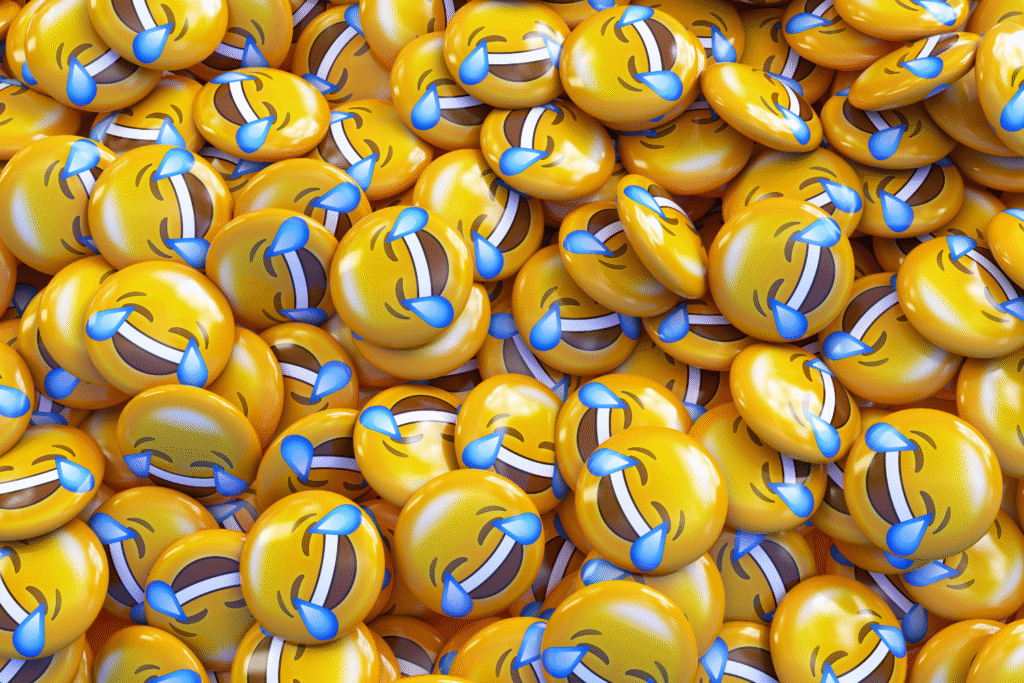
Sarcasm can miss its mark in text, especially across generations. The cry-laugh face acts like a laugh track, making it obvious you’re kidding. It keeps dry humor from sounding prickly and helps playful teasing glide past potential friction. A little clarity avoids accidental side-eye.
It works best as punctuation rather than a flood. Drop one at the end of a line to tip the tone toward friendly. Add two if you truly snorted. Skip a wall of identical icons; that drowns the joke and looks noisy. Mix it with a short phrase—“had me cracking up”—when the group is mixed ages. The extra words help younger readers read the room, while the familiar face still feels classic.
4. The prayer hands turn thanks and hope into one small gesture.
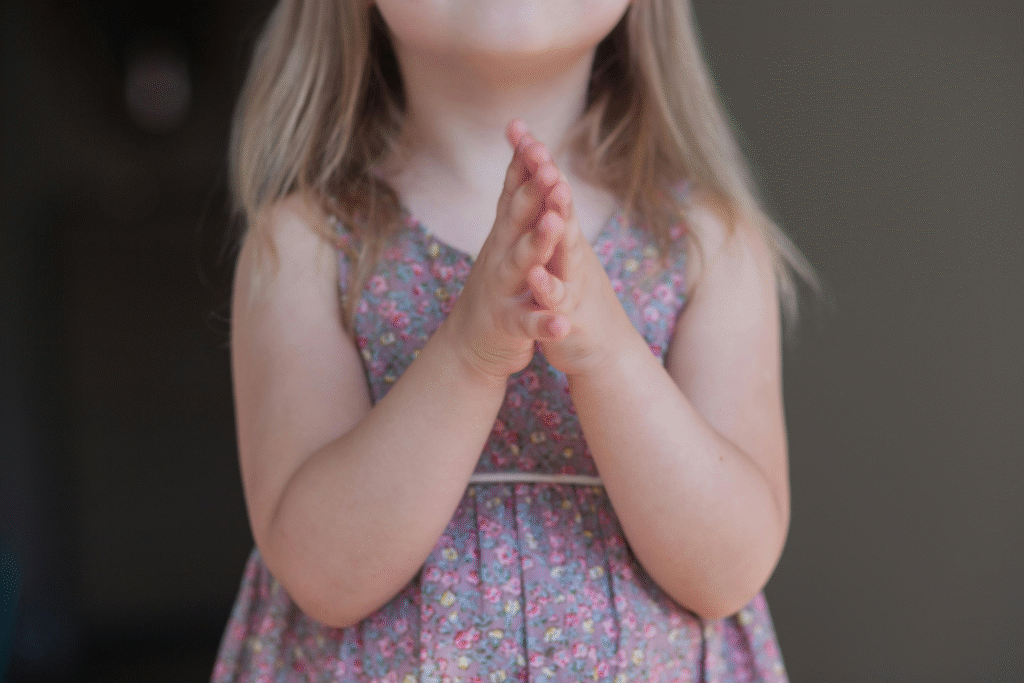
Boomers often reach for grace in tough moments, and the prayer hands blend gratitude with encouragement. It’s an elegant stand-in for “keeping you in my thoughts” that doesn’t hijack the conversation. You can acknowledge a heavy update while giving the spotlight to the person who needs it.
Context gives it power. Use it after someone shares a health scare, a travel worry, or a job interview. Pair it with a short sentence—“pulling for good news,” “appreciate you”—so it reads as active support, not a quick reflex. Overuse can make it feel automatic. Save it for moments that matter, and it lands like a hand on the shoulder rather than a quick nod across a crowded room.
5. The clapping hands deliver applause without a lecture.

Accomplishments deserve a little noise, and the clapping hands do the cheering in two beats. You don’t have to craft a full reply for every trophy picture or promotion blurb. A few claps give momentum without pressing anyone for a speech. It’s celebration in shorthand.
Use it to lift others without stepping into the spotlight. Place it after the person’s name or achievement to keep the focus on them. A trio of claps reads as enthusiastic; a single clap feels understated and polite. Resist tapping it into every message or it loses punch. Save it for wins—big or small—and it earns its place as the party horn you can use in a quiet library.
6. The smiling face keeps everyday check-ins warm and simple.
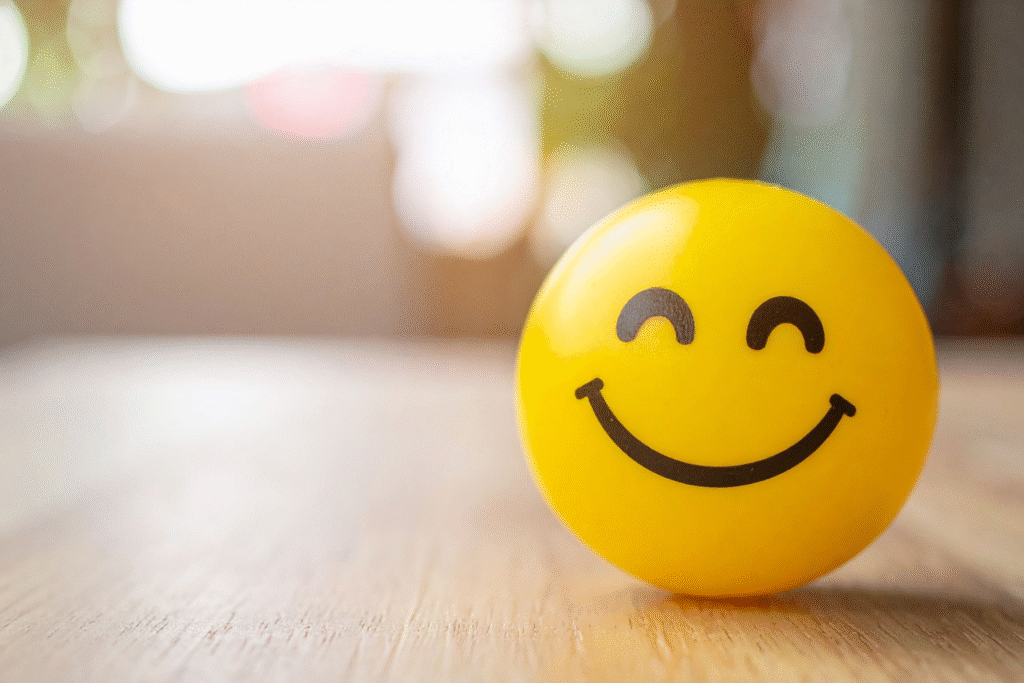
Not every text needs fireworks. A standard smiling face is the cup of coffee of emojis: warm, familiar, and perfectly average in the best way. It says you’re in a good mood, not performing one. Daily logistics feel friendlier when a smile closes the line.
It also patches over mild awkwardness. If a short reply might read as curt, a smile softens the edges. Aim for one, not five, or it starts to feel syrupy. Pair it with routine tasks—confirming a time, acknowledging a reminder—to keep threads pleasant. In heavier conversations, skip the smile and use human words. The restraint shows social intuition, which is exactly the charm that makes this icon earn repeat appearances.
7. The party popper saves the big cheer for real milestones.
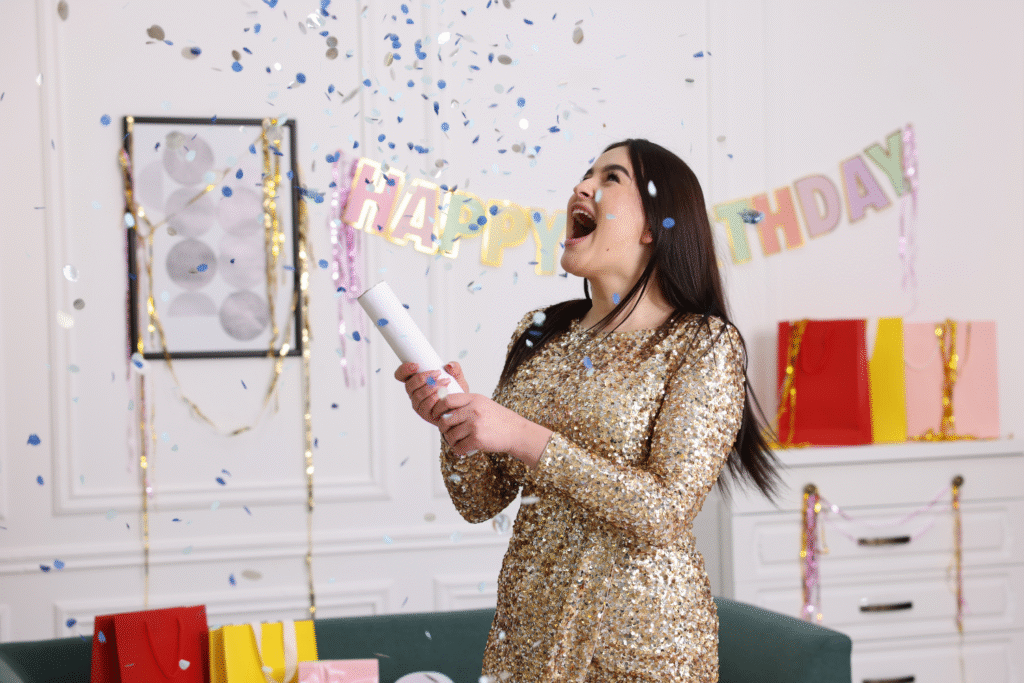
Birthdays, retirements, first-day-of-school moments—those deserve confetti. The party popper brings the “ta-da” without flooding the chat. It turns a simple “congrats” into a little moment, which is the whole point of family threads. People remember who shows up for celebrations.
Timing is everything. Use it at the end of a congratulatory line so it acts like a ribbon-cutting. Two poppers signal extra excitement; more than that starts to look messy. Mix it with the clapping hands when the news is truly special. The combo reads as heartfelt and festive instead of loud. Pick your moments, and this one ages like a classic toast—short, sweet, and exactly right.
